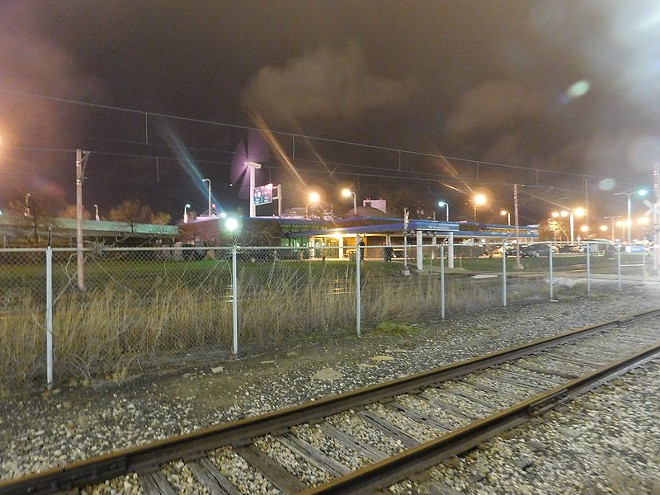Ohio’s infrastructure could use a little help, engineers say.
In the 2021 edition of the “Report Card for America’s Infrastructure,” the American Society of Civil Engineers (ASCE) gives Ohio an overall grade of C-. As of 2017, the national average grade is D+.
For the report, member engineers in the Buckeye State grade Ohio’s infrastructure in 16 categories: bridges, dams, drinking water, energy, hazardous waste, inland waterways, levees, parks, ports, rail, roads, schools, solid waste, stormwater, transit and wastewater.
Ohio scores highest — a B — on rail. The report commends the state’s freight rail, among other aspects:
Ohio has an extensive rail network that is closely integrated with the State’s economy. Ohio’s 38 freight railroads (3 Class I, 1 Class II and 34 Class III) carry approximately 289M tons of freight annually. Ohio ranks 4th in the nation in the total miles of track with 5,188 miles and a total number of highway/rail grade crossings with 5,737 at-grade vehicular public crossings. Ohio ranks 2nd in the nation in the number of intermodal terminal facilities with 12. There are also more than one hundred transload facilities and numerous maritime facilities along Lake Erie and the Ohio River that have rail service.
The organization adds that Ohio spends about $15 million annually at public crossings to reduce crashes.
Ohio scores lowest in levees, roads and transit, with each of those categories receiving a D. Engineers particularly urge action on public transportation opportunities, writing in a news release:
The report notes the extensive and long-term lack of transit funding that decreased from $42.3 million in 2000 to $6.6 million in 2018. In 2019, the passage of H.B. 62 was intended to increase state funding for transit to $70 million in 2020 and 2021. Due to COVID-19, those funds have already been reduced to $66.8 million and $56 million. Similarly, the 2019 transportation budget increased the motor fuel tax and vehicle registration fees, but with fewer people driving due to COVID-19, motor fuel tax revenues have fallen short of original projections.This is the first time in more than a decade that the Ohio Section of the ASCE has provided a report, a news release says.
Neighboring states Kentucky and Pennsylvania earned a C- in recent reports, while Michigan received a D+. Reports for Indiana and West Virginia are not available.
ASCE is a professional organization that lobbies for infrastructure improvements at all levels of government. Its report was published in February.













